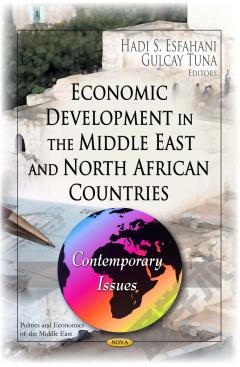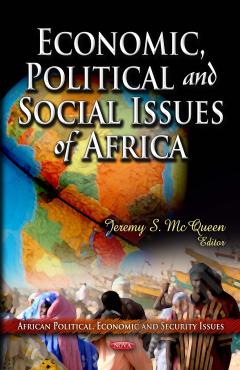Economic and Social Issues in the Middle East and North African Countries
The Middle East and North Africa (MENA) countries have witnessed important complex economic, social and political changes and transition recently. These changes resulted from not only social and political reasons called “the Arab Spring” but also economic reasons from the global economic crisis. External and internal dynamics of the MENA region force governments into an important transformation in terms of better democratic mechanisms, better governance and better social, political and economic environment. It is vital for the MENA region to establish a modern and world class social, political and economic structure in order to increase sustainable improvements of the welfare of the society as soon as possible. MENA economies have a great degree of heterogeneity across countries. The main source of economic growth is natural resources especially oil, natural gas and primary goods for many MENA economies. For this reason, the fluctuations in energy prices in the global economy deeply affect the economic performance and macroeconomic indicators of these economies. Therefore, MENA economies are exposed to macroeconomic vulnerability in the case of internal and external economic and political shocks because of their structural economic problems, low productivity and also global competitiveness level and foreign dependency in intermediate goods and finance. In this perspective, the main aim of this book is to shed light on the main economic, social and political problems and characteristics of MENA economies by considering the latest in the global and regional turmoil.
{{comment.content}}








 京公网安备 11010802027623号
京公网安备 11010802027623号